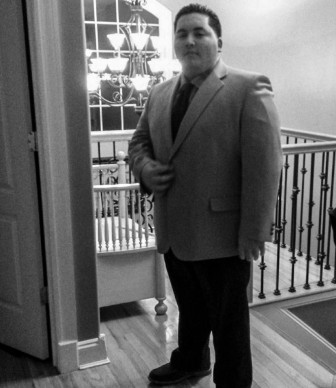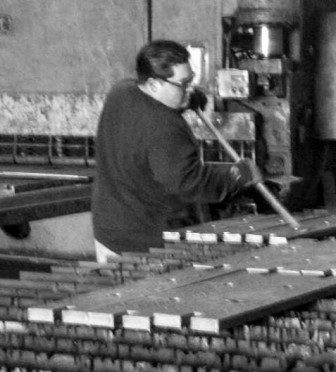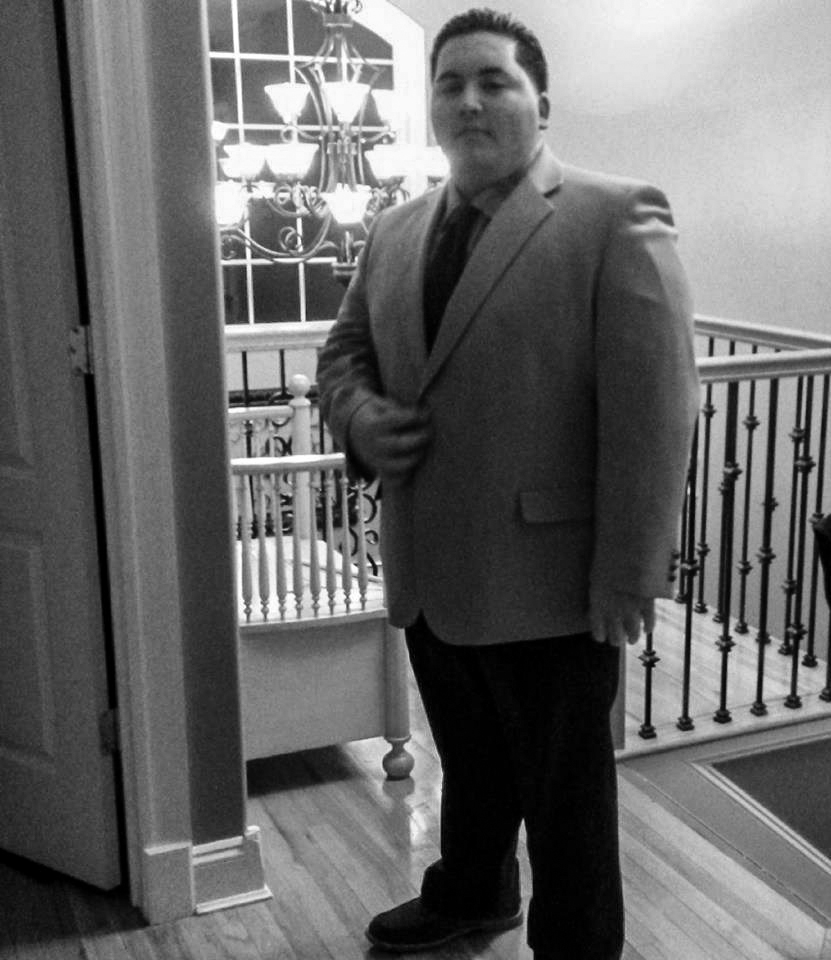
John Scarabaggio, 23, who struggled with a prescription drug addiction.
John Scarabaggio almost didn’t live to see his 22nd birthday. In 2011, he was 21 years old and instead of going out and partying with his friends, Scarabaggio was deep in his struggle with prescription drug addiction, taking up to 50 pills a day to maintain his high. But he overdosed on July 21 that year, and took so many pills that he went into a coma for eight days.
“I wasn’t supposed to live, I wasn’t even breathing for myself,” Scarabaggio said. “All I remember was waking up eight days later on my mom’s birthday. It scared the hell out of me.”
Scarabaggio’s story is one that’s heard far too often on Staten Island, where prescription drug abuse is rampant. Since 2005, fatalities on Staten Island linked to accidental prescription drug overdoses increased by nearly 150%, more than double the rate of any other borough. But through youth organizations, rehab programs and a city-wide ad campaign aimed at preventing prescription drug abuse, Staten Island’s cry for help has been heard and young adults like Scarabaggio are able to get the help they need.
 Last month, Gov. Andrew Cuomo passed legislation that would dedicate state money to equipping NYPD officers with FDA-approved anti-overdose kits and Police Commissioner William Bratton said officers would be trained in administering the naloxone nasal spray once the bill is passed. State Sen. Diane Savino (D-North Shore/Brooklyn) was in full support of the bill.
Last month, Gov. Andrew Cuomo passed legislation that would dedicate state money to equipping NYPD officers with FDA-approved anti-overdose kits and Police Commissioner William Bratton said officers would be trained in administering the naloxone nasal spray once the bill is passed. State Sen. Diane Savino (D-North Shore/Brooklyn) was in full support of the bill.
"The epidemic of heroin use and abuse has devastated families across Staten Island. It is a dark and painful substance that drags our teenagers far away from the happy and purposeful life they deserve,” Savino said.
“I applaud the governor for recognizing that New York State needs to step in now to save more of our young people before it’s too late."
The anti-overdose kit has already saved more than 10 lives on Staten Island since June, and could have helped Scarabaggio avoid his eight-day coma. But the day he woke up from it marked a turning point in Scarabaggio’s life. He started the long process of recovering from his addiction, a struggle that lasted longer than the time he spent addicted.
Scarabaggio grew up on the South Shore of Staten Island where said he had a good upbringing.
“We were well-off, I came from a good family,” he said. “I had no worries in the world.”
He attended Tottenville High School, had an active social life and played on his school’s football team. When he was 20 years old, Scarabaggio started developing symptoms of a hereditary knee condition and needed surgery on both of his legs, keeping him on painkillers and in and out the hospital for almost a year.
“Before surgery, I always experimented with weed and pills, but I was never addicted,” he said. “But after the first surgery I was bed-ridden and it took four months for full recovery. Then after that, I had to go back for the other knee.”
Scarabaggio’s doctor prescribed OxyContin to help him deal with the pain from the surgeries.
“I started taking them because of the pain, but then I started abusing them and started getting high off them and then I got addicted,” Scarabaggio said.
Former New York City Health Commissioner Dr. Thomas Farley was instrumental in launching the ad campaign aimed at raising awareness and preventing prescription drug abuse.
“Painkillers are very common drugs and their sales have been skyrocketing,” Farley said.
Painkillers, or opioid analgesics, include oxycodone (either Percocet or OxyContin) and hydrocodone (Vicodin). Chemically, Farley said they are similar to heroin and they’re just as addictive.

John Scarabaggio, 23, who struggled with a prescription drug addiction, at work.
Scarabaggio can testify. He said that by the time he made a full recovery from both surgeries, he was so addicted he couldn’t stop. He kept lying to his doctor and said he was still in pain so he could keep refilling his prescriptions.
“It was so easy, I didn’t need to doctor shop. I’d just go to him and said ‘I need more, I’m still in pain.’ It was as easy as getting cold medicine.”
As Scarabaggio kept using, his tolerance level went up and the more careless he became. He was court-mandated to attend an outpatient rehab program in early 2011 after getting arrested on a drug-related charge. It was his first attempt at recovery. The program was 30 days long, but Scarabaggio left after two weeks.
“It’s a horrible feeling,” he said about getting clean. “You go through the withdrawal, you sweat, shake, throw up. You go through every feeling and all you can think about is ‘why can’t I keep getting high?’”
After the two weeks he spent in rehab, Scarabaggio went back home and was clean for only two days.
“My parents were happy that I was doing good, but I was a miserable person. I didn’t wanna leave my house, I didn’t care anymore,” he said. “I had no heart.”
But he had a change of heart after his overdose. Right after he woke up from his coma, he was transferred to the Dynamic Youth Community rehab facility in Fallsburg, N.Y., where he remained for 13 months.
“I became normal John again,” he said. “I found out things about myself that I never knew before my addiction.”
Last September, Scarabaggio was transferred to Camelot Counseling, a group home for young men at the Seaview Hospital campus on Staten Island, where he was closer to his family. He recently finished the last seven months of his recovery and is currently back home, working at his father’s steel company in Newark, N.J., and is looking forward to taking classes at the College of Staten Island this fall.
“I’m strong now, I have no desire to get high,” Scarabaggio said. “I’ve had opportunities when I came home, people who were supposedly my friends were like ‘wanna smoke blunts?’ and I’m like ‘nah, I’m good.’”
